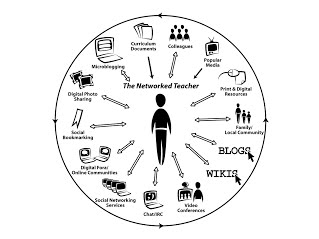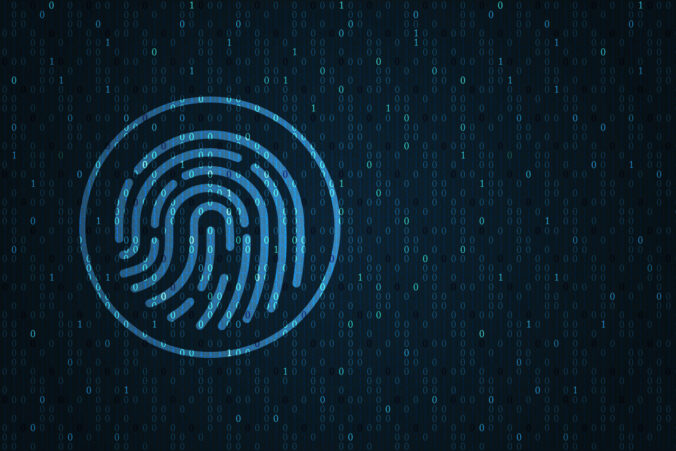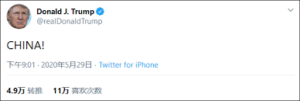How diverse is your existing PLN?
As an undergraduate, I created my PLN for learning EDCI course this term. In my opinion, I have never had any experience in PLN production, so it is my first time getting into PLN. Honestly, my PLN is not very diverse, because I just learning from my classmates and EDCI professors. Based on the define of PLN, “A Personal Learning Network is a way of describing the group of people that you connect with to learn their ideas, their questions, their reflections, and their references. Your PLN is not limited to online interactions, but it is that online, global interactive part that really makes it special. It is personal because you choose who’s part of that group; you choose if you want to lurk–just check out what people are saying–or if you share; because you choose when to do so, and how to do so.” Everyone in PLN could be a teacher or a student. Nowadays, PLN is becoming more and more important because of the impact of COVID-19. People have to spend more time on PLN whatever they want. For example, Zoom, Microsoft Teams, Bright Space, and Mattermost are efficient choices.
In your PLN, are you learning from a variety of voices or are you the loudest in the room?
Yes, I learned a lot from a variety of voices in my PLN. My classmates and I have different backgrounds, so the way we think about problems has its limitations. To avoid that, I learned other people’s opinions from reading other people’s blogs and comments, such as the difference between Chinese digital wallets and other countries. We may come up with different answers from different angles,then both of us learned from PLN. Secondly, I am not the loudest in the room, and I do not care who is the loudest in the room now. My skills are not proficient enough, so I will think about it when I improved my skills.
Do you participate in a silo of information sharing?
Based on the definition of information silo, “An information silo is an information management system that is unable to freely communicate with other information management systems. Communication within an information silo is always vertical, making it difficult or impossible for the system to work with unrelated systems. Information silos can exist within a variety of businesses,” I do not think I am participating in a silo of information sharing. If I have a chance to participate in it, I would like to do it.
How can you use a diverse PLN to broaden your views of inclusion?
Although it is more efficient to analyze other people’s arguments from their background, it may lead to unfair conclusions. In my opinion, I think a diverse PLN is really helpful to broaden my views of inclusion. Compare with communication by face to face, people sharing their opinions on PLN will not let some irrelevant information (gender, age, job, or nationality) interfere with their thinking. After I broaden my views of inclusion, I can think about problems from a broader perspective.
References:
Five Moore Minutes. The Evolution of Inclusion: The past and future of education. 2 Oct 2018. https://www.youtube.com/watch?v=PQgXBhPh5Zo&feature=youtu.be.
Schoology. (2019, April 18). Personal Learning Network (PLN) benefits, tools, and tactics. Retrieved February 15, 2021, from https://www.schoology.com/blog/personal-learning-network-pln-benefits-tools-and-tactics#:~:text=A%20personal%20learning%20network%20(PLN,of%20your%20own%20professional%20development.
Chen, J. (2020, November 02). What is an information silo? Retrieved February 15, 2021, from https://www.investopedia.com/terms/i/information-silo.asp




Recent Comments